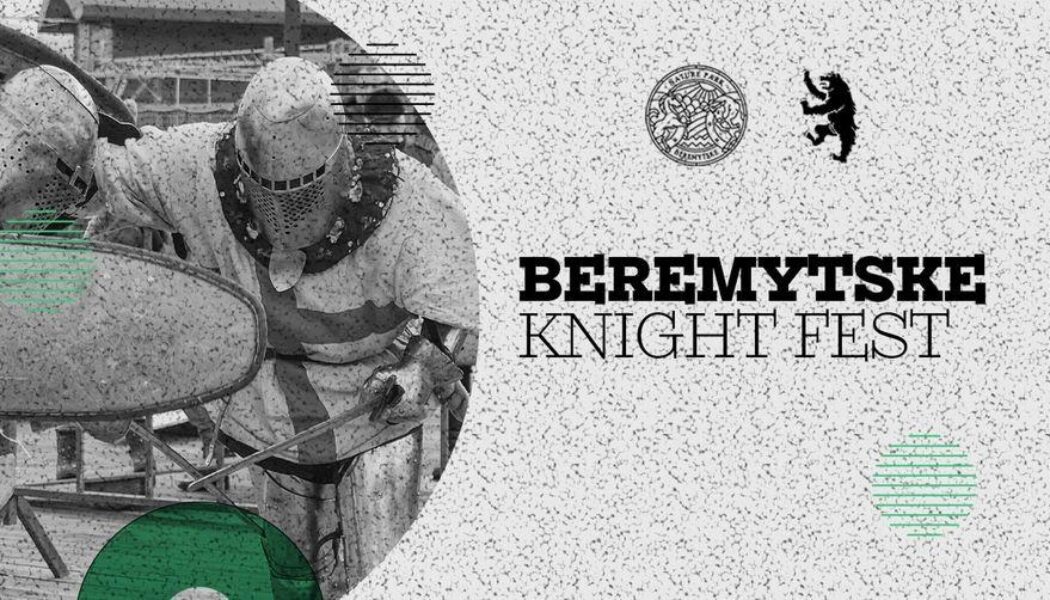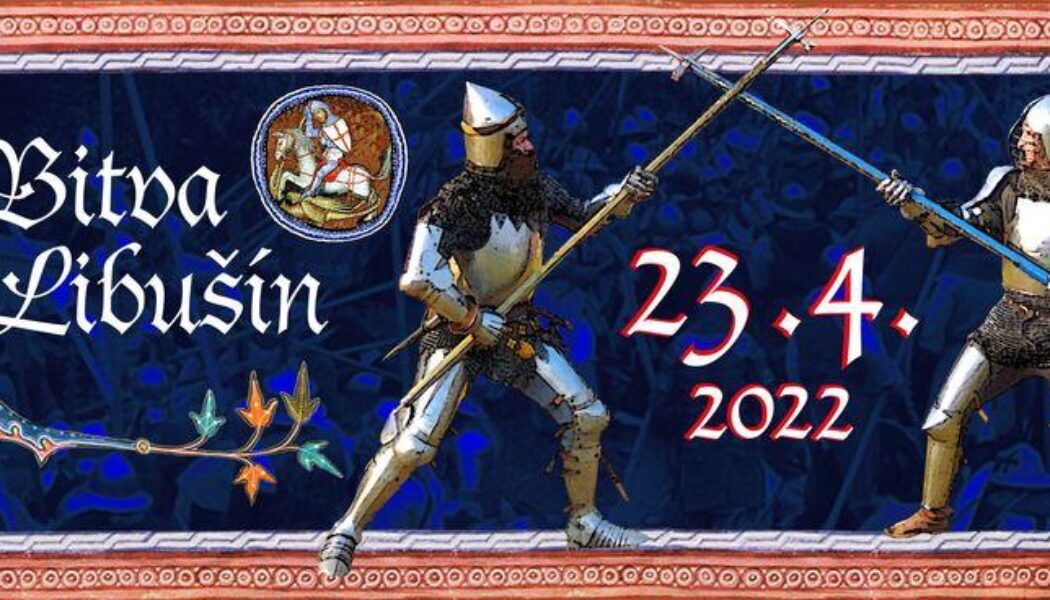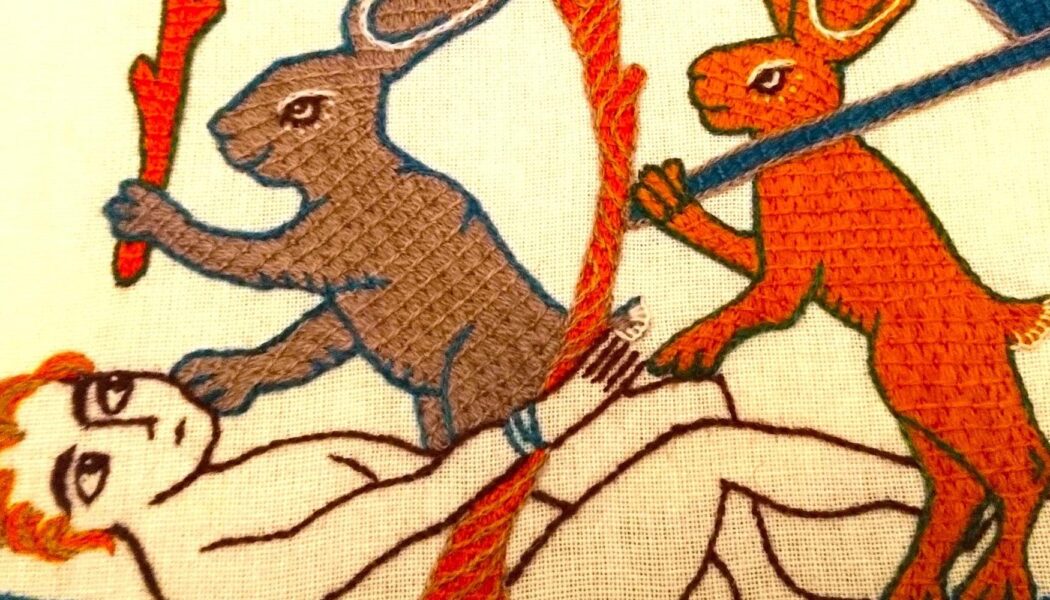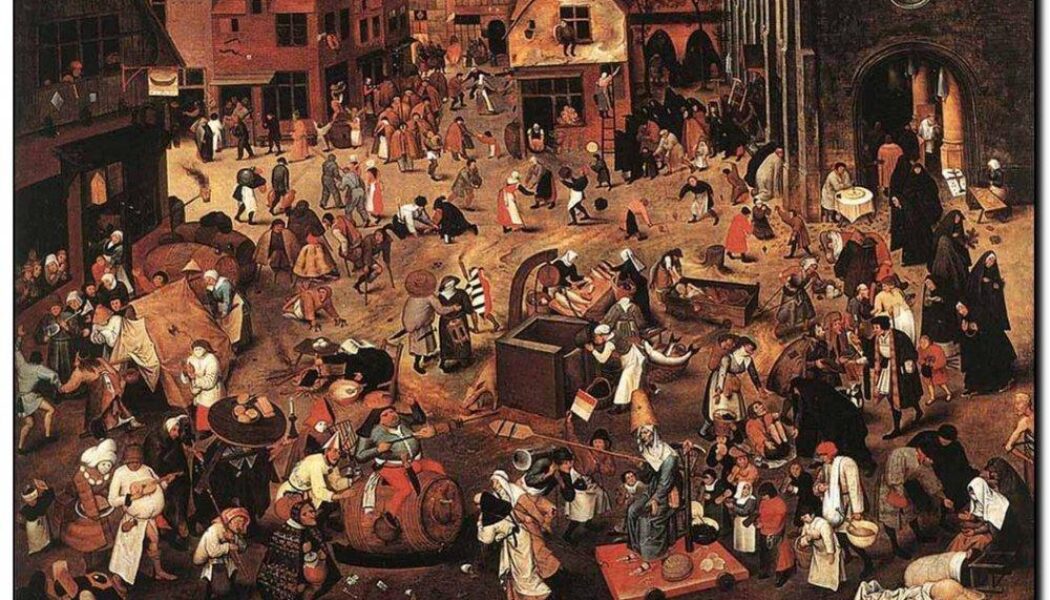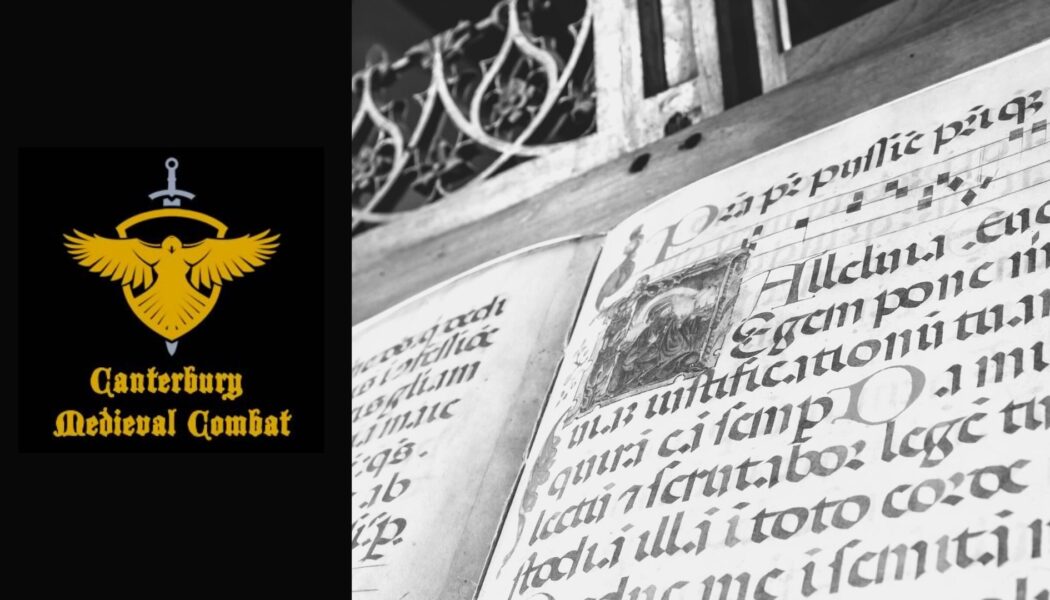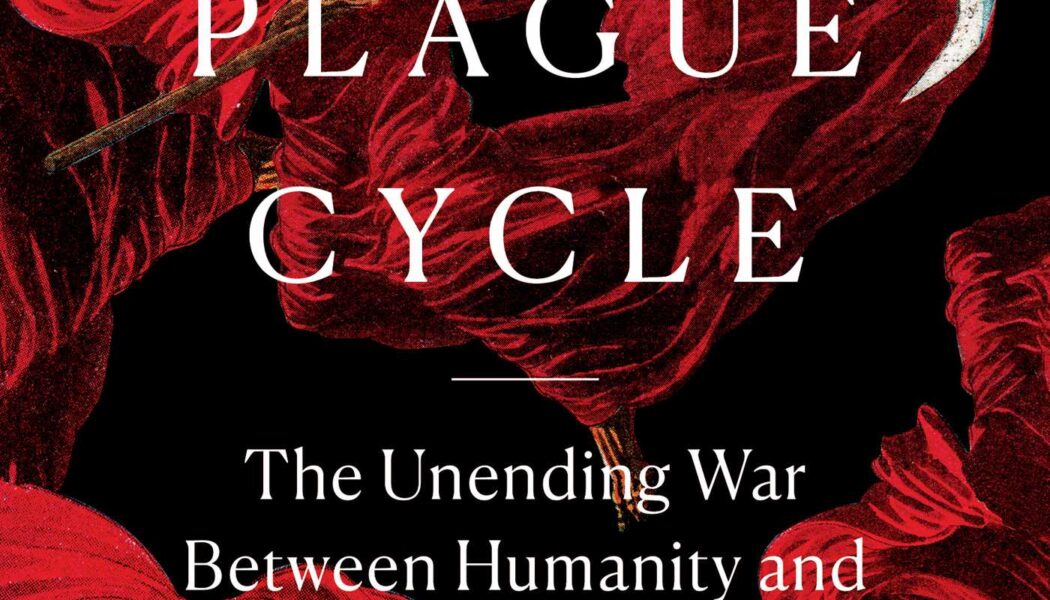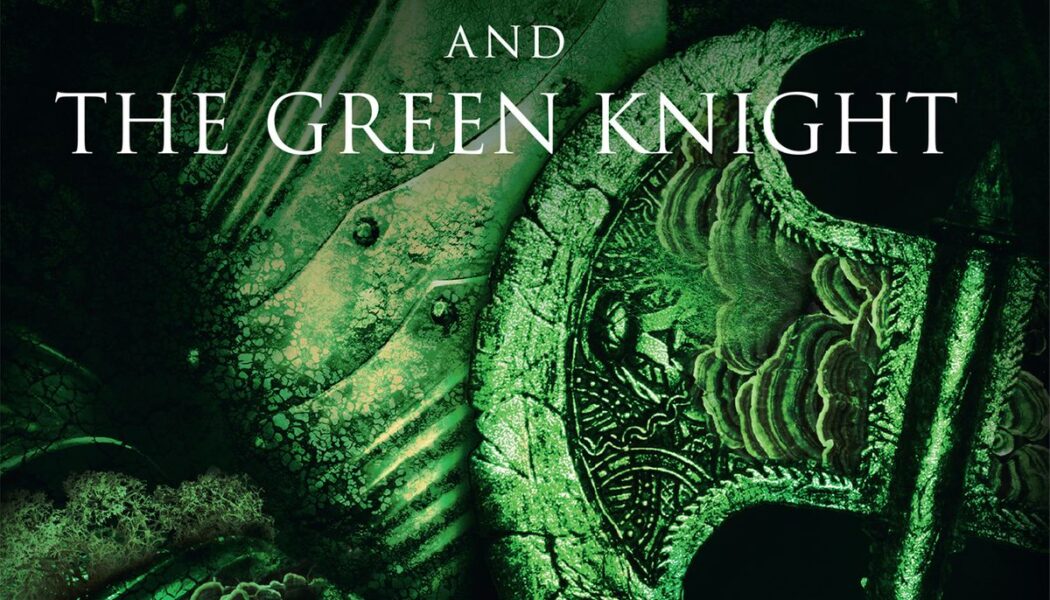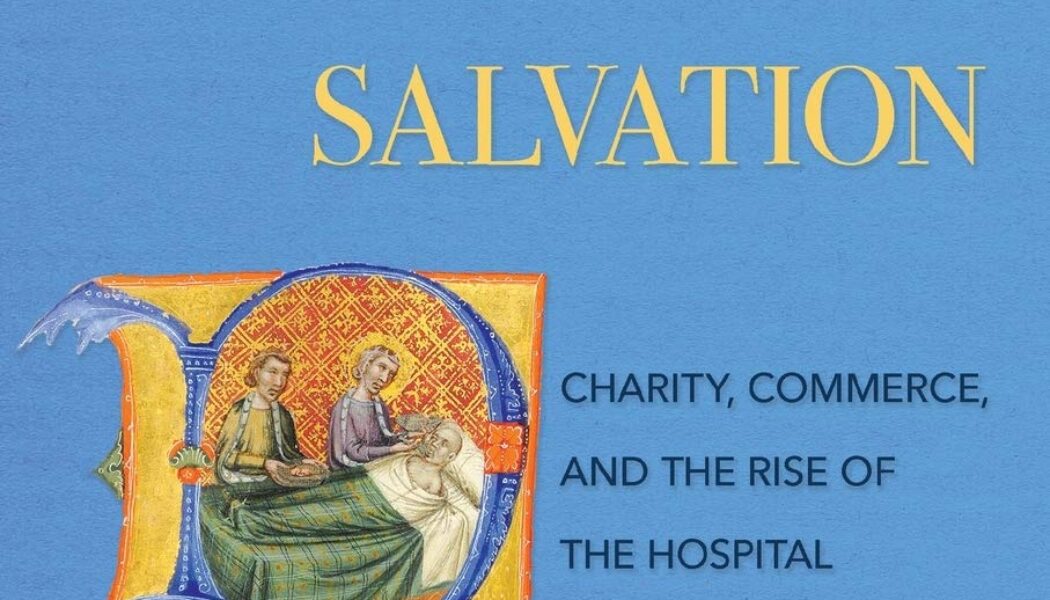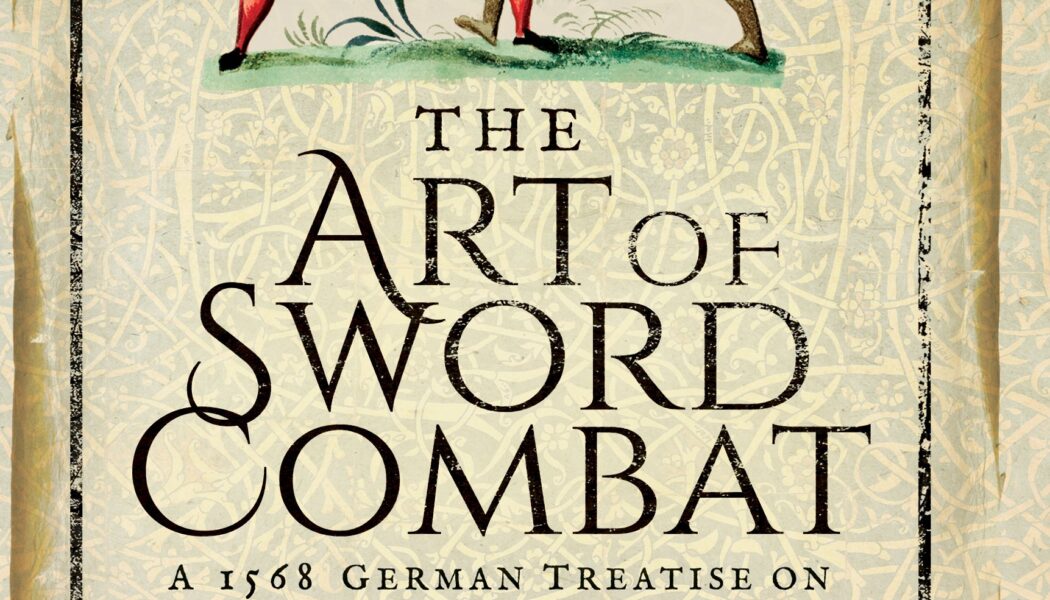medieval history
POSTPONED INDEFINITELY – Beremytske Knight Fest 2022
The Beremytske Knight Fest Medieval Fighting Championship of Ukraine will take place on April 30 and May 1 in Beremytske Nature Park. These are not stage fights, everything is real here!
ACW Spring Nationals at FitCon Expo 2022
Individual fighters and regional teams will compete for national titles. Spectators and fans are encouraged to attend. Get close and hear swords, axes, shields and armor clash and sparks fly in one-on-one competition and team melees. This is your chance to meet and talk to the fighters and teams from all over the USA in this action-packed sport! Bring the family and friends to see real Knights! Real Fights!
Battle of Libušín 2022
The Czech medieval historical festival "Battle of Libušín", founded in 1991 is one of the largest of its kind in Europe. It is regularly attended by around 2,500 performers from the Czech Republic and abroad, and is watched by several thousand spectators. You can see more than a thousand fighters in the battle itself!
Tanya Bentham on Medieval Embroidery & the Creation of Opus Anglicanum
Tanya interprets contemporary subjects into expressions of historical embroidery with a delightful sense of fun, adding such details as a goat with a bow tie and a Cadbury cream egg.
Out with the old, in with the new!
The time to say goodbye to 2021 and to welcome in 2022 is here! The time has come to attend parties, to eat special New Year’s foods, singing, dancing and general reverie to usher out the old and to ring in the new. But where do these festivities originate from? From time immemorial, various civilizations around the world have been celebrating the start of the new year, typically having the first day of the new year align to an agricultural or astronomical event. In Europe though, most modern western New Year’s festivities start on the eve of December 31, the last day of the Gregorian calendar, and continue into the early hours of January 1 (New Year’s Day). However, the official date for the turning of the year has differed wildly in the past. But why the 1st of January? One of the earlie...
Medieval Manuscript Workshop
As medieval combat students, we are always referring to the manuscripts of the medieval period, but how were they actually made and how long did it take to create a page or image?
The Plague Cycle: The Unending War Between Humanity & Infectious Disease
For four thousand years, the size and vitality of cities, economies, and empires were heavily determined by infection. Striking humanity in waves, the cycle of plagues set the tempo of civilizational growth and decline, since common response to the threat was exclusion—quarantining the sick or keeping them out. But the unprecedented hygiene and medical revolutions of the past two centuries have allowed humanity to free itself from the hold of epidemic cycles—resulting in an urbanized, globalized, and unimaginably wealthy world.
Sir Gawain & the Green Knight, Pearl, & Sir Orfeo
Interpreted in a form designed to appeal to the general reader, J.R.R. Tolkien’s vivid translations of these classic poems represent the complete rhyme and alliterative schemes of the originals. This beautifully decorated text includes as a bonus the complete text of Tolkien’s acclaimed lecture on Sir Gawain.
The Medieval Economy of Salvation: Charity, Commerce, & the Rise of the Hospital (2019)
In The Medieval Economy of Salvation, Adam J. Davis shows how the burgeoning commercial economy of western Europe in the twelfth and thirteenth centuries, alongside an emerging culture of Christian charity, led to the establishment of hundreds of hospitals and leper houses.
Norse Mythology
Neil Gaiman, long inspired by ancient mythology in creating the fantastical realms of his fiction, presents a bravura rendition of the Norse gods and their world from their origin though their upheaval in Ragnarok.
The Art of Sword Combat: A 1568 German Treatise on Swordmanship
The manuscript, produced in Strassburg around 1568, is illustrated with thirty watercolor images and seven ink diagrams. The text covers combat with the long sword (hand-and-a-half sword), dusack (a one-handed practice weapon comparable to a saber), and rapier. The manuscript’s theoretical discussion of guards is one of the most critical passages to understanding this key feature of the historical practice, not just in relation to Meyer but in relation to the medieval combat systems in general.

